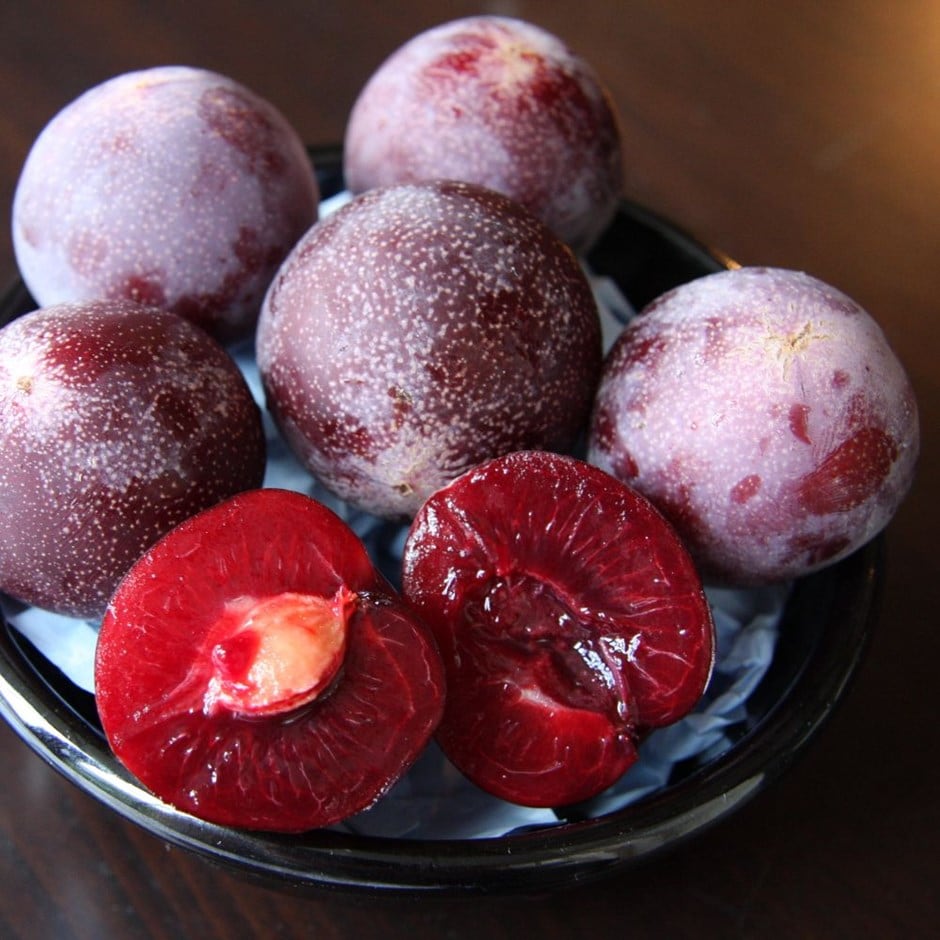When planting your plumcot tree, prepare a hole up to three times the diameter of its root system. Fork over the base of the pit in readiness, incorporating plenty of organic matter into the backfill and planting hole. Avoiding frozen and waterlogged soil, trees should be planted out as they arrive. If you've ordered a bare root tree, soak the roots in a bucket of water for half an hour prior to planting, or if this is not possible, they can be heeled in temporarily, covering their roots with soil, or potted up. Protect from cold, drying winds. Apply a balanced fertiliser in early spring to support growth and fruiting. Lightly prune in summer to reduce the risk of silver leaf and bacterial canker, to retain an open ‘goblet’ shape and remove any damaged, diseased or broken branches.









